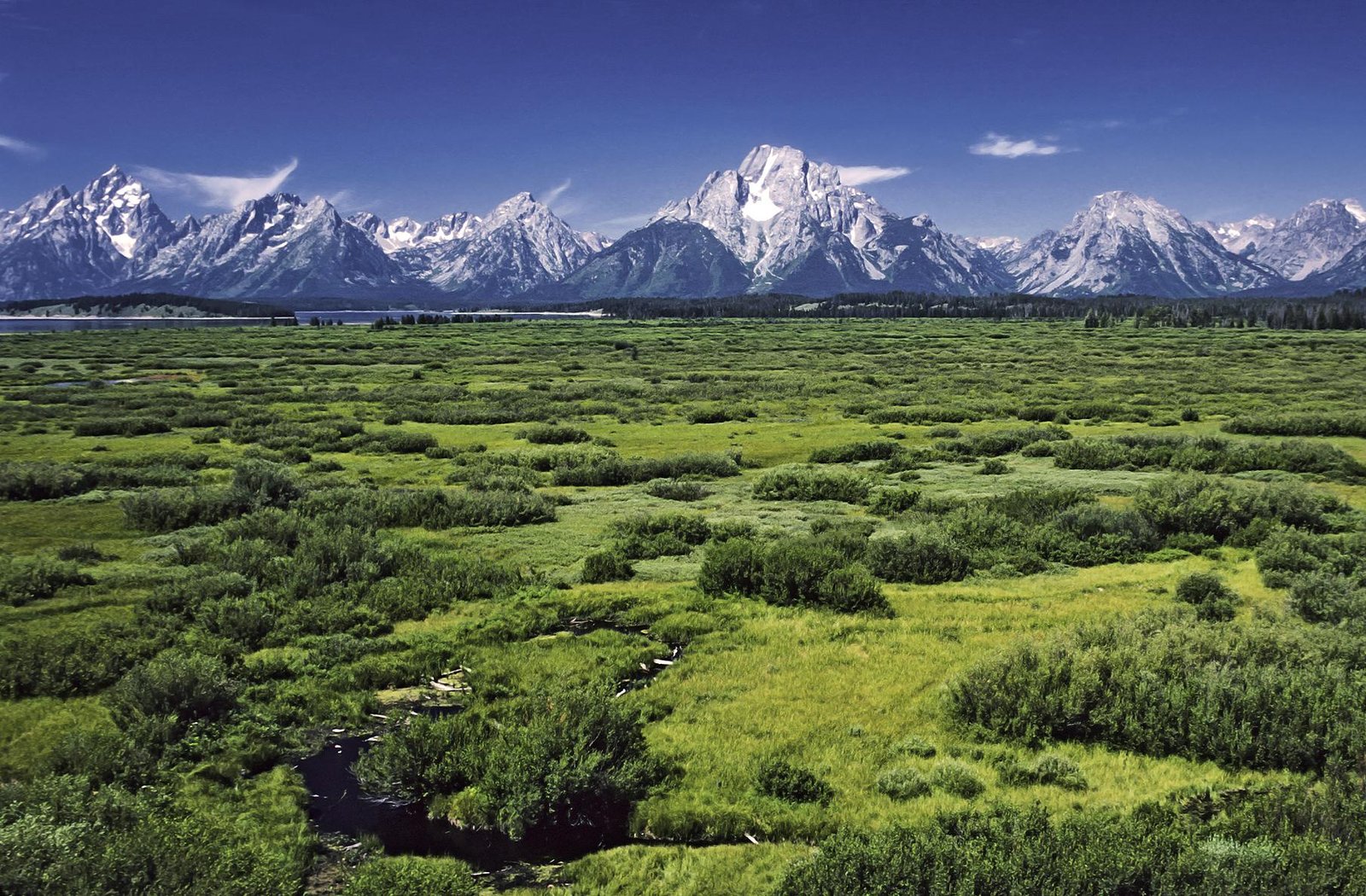The Grand Teton National Park Zero Landfill Project represents a groundbreaking environmental initiative targeting comprehensive waste reduction. By implementing strategic recycling, composting, and waste diversion techniques, the park has successfully kept over 22 million pounds of waste out of landfills since 2015, setting a remarkable precedent for sustainable park management and environmental stewardship across the United States.
What Makes the Grand Teton National Park Zero Landfill Project Unique?

The Zero Landfill Project at Grand Teton National Park is not just another waste management program—it’s a holistic approach to environmental conservation that addresses multiple challenges simultaneously. By focusing on systematic waste reduction, the project demonstrates how national parks can become models of sustainability.
How Does Waste Diversion Work in the Park?
The project employs several innovative strategies to minimize waste:
- Comprehensive Recycling Infrastructure
- Over 1,000 clearly labeled recycling containers
- Strategic placement in high-traffic areas
-
Multiple waste stream sorting options
-
Food Waste Management
- Targeted reduction of food waste (up to 40% of total waste stream)
- Composting facilities in West Yellowstone, Montana
- Repurposing compost for mine reclamation and road projects
What Are the Quantifiable Achievements?
| Metric | Achievement |
|---|---|
| Total Waste Diverted | 22 million pounds |
| Landfill Waste Reduction | 50% |
| Partner Organizations | Nearly 60 |
Why Is Community Involvement Critical?
Community engagement plays a pivotal role in the project’s success. By involving local governments, gateway businesses, and educational non-profits, the initiative creates a collaborative ecosystem of environmental responsibility.
What Challenges Does the Project Address?
The Zero Landfill Project confronts several complex challenges:
- Seasonal operational variations
- High employee turnover rates
- Low population density in park regions
- Limited recycling processing infrastructure
- Distance to consistent recycling markets
How Does Technology Support Waste Reduction?
Advanced tracking systems and data analytics help park managers:
– Monitor waste generation patterns
– Identify optimization opportunities
– Develop targeted waste reduction strategies
What Impact Does This Have Beyond Grand Teton?
The project serves as a national model, demonstrating that:
– Sustainable waste management is achievable in challenging environments
– National parks can lead environmental innovation
– Collaborative approaches yield significant ecological benefits
Future Outlook and Expansion

As the Zero Landfill Project continues to evolve, it promises to:
– Expand waste diversion techniques
– Develop more sophisticated recycling technologies
– Create replicable models for other national parks
Conclusion
The Grand Teton National Park Zero Landfill Project exemplifies how targeted, innovative approaches can transform waste management. By combining technology, community involvement, and strategic planning, the initiative offers a blueprint for sustainable environmental stewardship.

